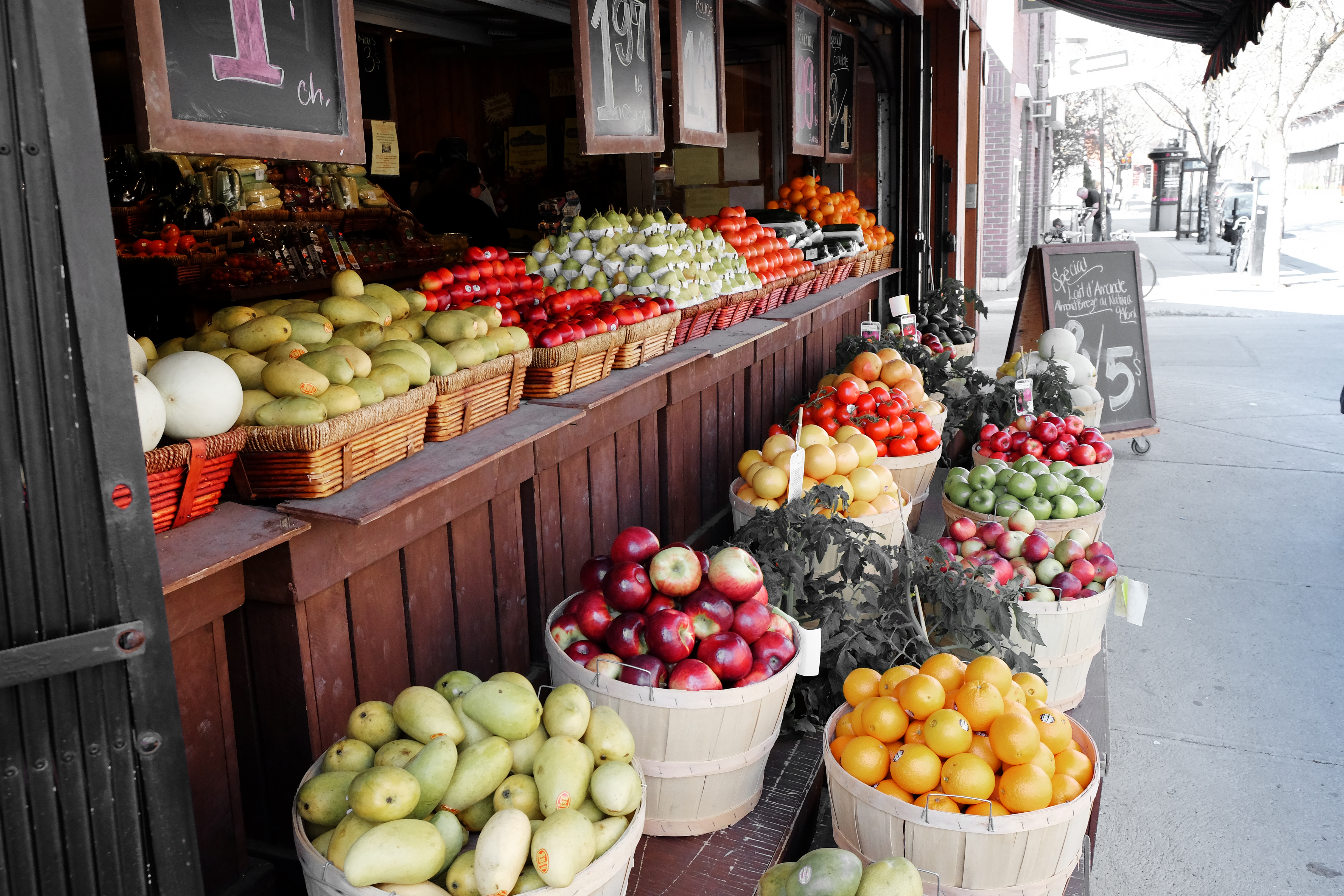If you sell any kind of physical product online, you should already be running Google Shopping Ads. Yes, we’re being bossy. And no, we don’t work for Google.
In case you’re feeling lost, Google Shopping, or Product Listing Ads (PLAs) are the ads you see at the top & side of your Google search results, featuring photos of toasters or bathing suits or whatever you happen to be looking for.

Getting back to the hard sell: don’t just listen to us. Take a look at the numbers. According to Merkel’s quarterly Digital Marketing Report, ad spending on PLAs grew 30% year over year in Q4 2016, while clicks on PLAs increased 43% year over year. With numbers like these, something has to be generating results for online retailers.
Although PLAs are managed in Google AdWords, the way they are created and optimized couldn’t be more different. Whether you’re just getting started with PLAs, or well-versed in managing your feed and ads, here are our tips for making sure your Google Shopping Ads bring your ecommerce business absolute best possible results.
Choose product images that stand out
If you browse for one of your products on Google Shopping, you’ll notice that many retailers are using identical, or near identical, product images. Find a way for your product photos to stand out in the sea of identical product images — add some color, or feature a bolder angle of the same product.
Use the Special Offer field
It’s there to make your customers salivate and want to click — use it! The PLA Special Offer field can give you an edge on your competition, particularly if they aren’t using this field at all. And if they are creating special offers, make sure your offer is equally or even more compelling.
SEO your product titles and descriptions
Yes, we said SEO your descriptions, not to keyword stuff them. Take time to add your most relevant, highly-searched keywords to your product titles, descriptions and product types. And while you’re at it, work with your product title to make it as detailed and descriptive as possible, with details such as size, color and brand name.
Watch the competition
Take the time to see who is advertising products similar to yours and how they’re doing it. Monitor their ad copy, their prices, their photos… Are they doing something better, cheaper, more optimized? Take note and adapt your product feed accordingly.
Use negative keywords
When you’re accustomed managing keyword lists in Google AdWords, it can be tricky to wrap your head around the fact that PLAs are not triggered based on keywords you choose (apart from the ones included in your product text). That said, you can use negative keywords to stop your PLAs from appearing on irrelevant keyword phrases. Take advantage of this!
There’s no better time than the present
If you’re not already listing your products as PLAs, it’s pretty likely your competitors are tweaking and optimizing their feeds as you read this. It’s time to ramp up. Roll up your sleeves and start creating and optimizing those product feeds, or ask a specialist to help you out. The learning curve will be well worth it.
Read it first:
Get new articles delivered to your inbox
ABOUT THE AUTHOR
Frederic Harnois
Social Lead @ Bloom




Share this: